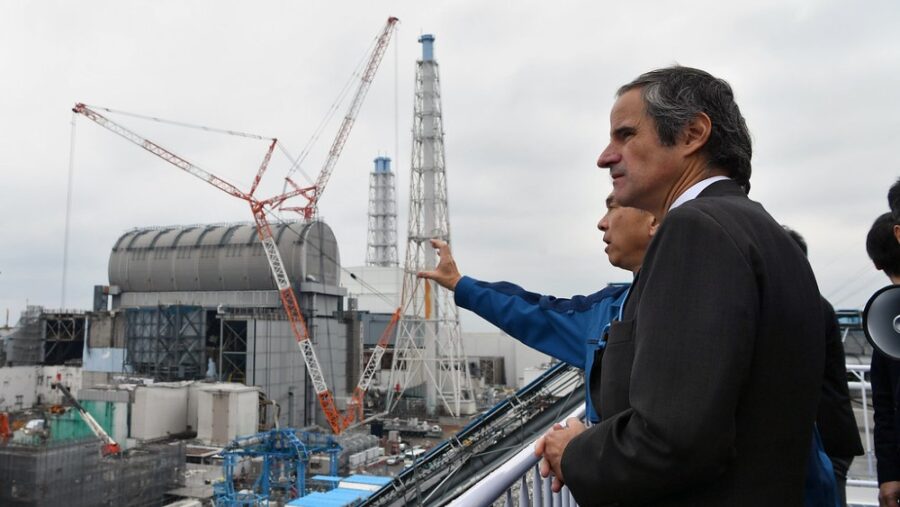Japan Employs Robot Cleaners For World’s Most Dangerous Job

Lately, the topic of robots and artificial intelligence replacing human laborers has been a hot button issue all over the globe. While most workers are united in their desire to continue working in the face of the robot invasion, some jobs have been deemed so difficult, dangerous, and downright toxic, that doing them with robot laborers seems like a total no-brainer. According to a recent write-up in AP News, robot cleaners have been dispatched to collect and remove toxic waste from the Fukushima nuclear plant for precisely this reason, as doing so would almost certainly be fatal for human beings.
Fukushima

The Fukushima nuclear power plant was critically damaged back in March of 2011 when a massive earthquake, followed by a tsunami, pounded on the facility causing cooling systems and other functions to shut down.
Now, nearly 15 years later, the plant is still completely non-functional, and the entire surrounding area has been quarantined to prevent people from getting sick or injured.
With any luck the robot cleaners, which were released into the plant on September 3, will be able to remove enough leaked fuel and other toxic debris to make the zone safe enough for further intervention.
The Collection

Most of the materials scheduled to be scoured by the robot cleaners include irradiated zirconium, which was heated to the temps of molten lava when the cooling systems shut down and spewed all over the reactor.
The robots are also expected to collect hundreds of tons of stainless steel, busted concrete chunks, and electrical cables which have been scattered around the base of the entire facility.
According to Tokyo Electric Power Company Holdings, who own and operate the defunct plant, there are nearly 1,000 tons of molten fuel and other toxic debris spread across the area, though some experts see that figure as wishful thinking.
The Robots

The robot cleaners are slated to continue their mission for 2 weeks in total, utilizing arms which can extend up to 20 feet into the depths of the broken reactor cores. In addition to clearing scrap and hauling toxic waste away from the site, the robots are also expected to collect tiny samples of melted fuel for testing purposes.
With any luck, the mission will be a success, and TEPCO execs will feel emboldened to continue decommissioning the radiation zone using robots in the future.
No One Is Complaining About These Robots

While most spirited debates regarding robots stealing jobs from the human workforce are centered on creative gigs, such as writing, acting, and creating art, we can surely all agree that sending robot cleaners into dangerous radiation zones is preferable to endangering human lives.
Anyone who has seen the horrifying events of the HBO original series Chernobyl knows the fatal risks associated with nuclear waste disposal, which was a sure death sentence before technology allowed for the use of robotic laborers.
A Different Situation Than Chernobyl

Unlike the Chernobyl plant, which was buried and entombed in 1986, the Fukushima power plant sits against the seashore, in an area with high seismic activity. As a result, it is imperative that the site be scoured and sanitized, to prevent the spread of dangerous radiation from getting out of control. Now that the robot cleaners are on the case, we may finally be seeing the first steps to solving this crisis for good.
Source: AP News













